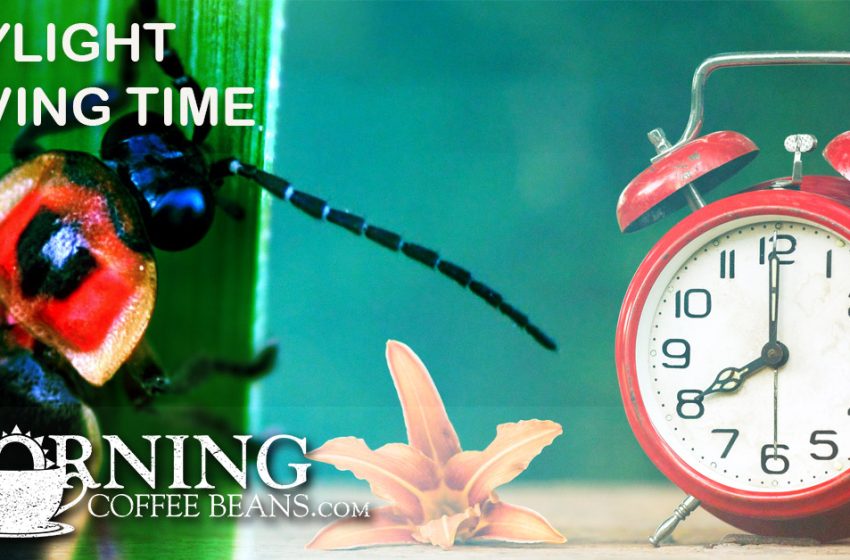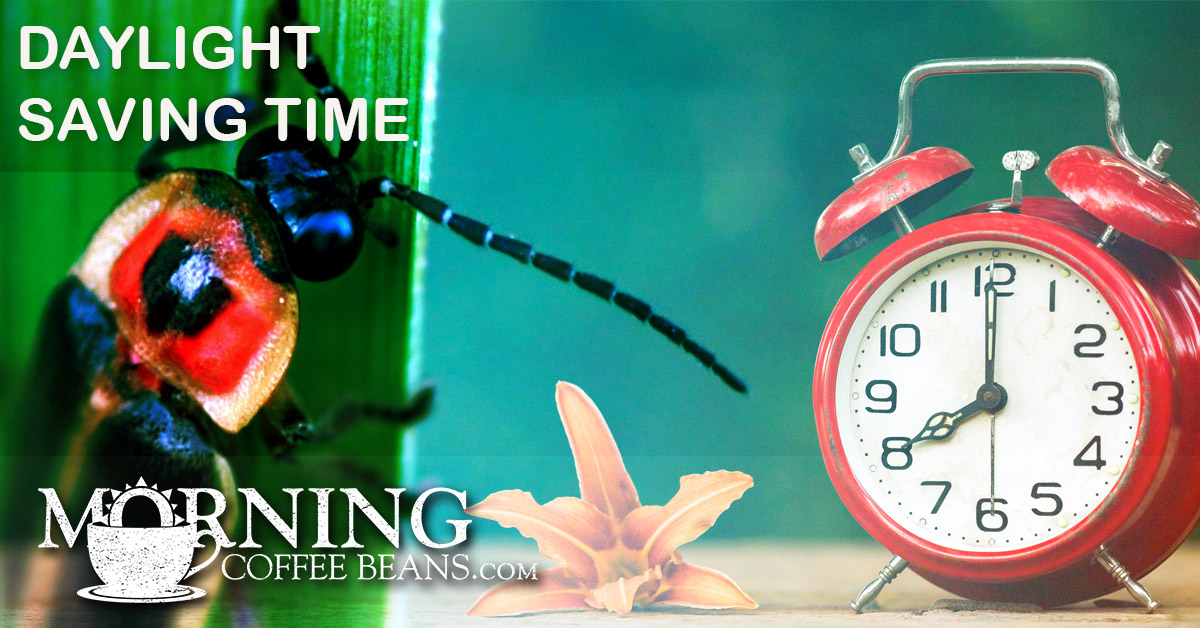DAYLIGHT SAVING TIME – Short Stories

When we walked into the church, several couples were chatting in the aisles. “Where is everyone,” they asked. I smiled and said, “Did you forget to set your clock backward?” It took a few moments before they said, “Yes, we did!”

The November time change, also known as ‘fall back,’ forces the time to move back into time by one hour. Because we “gain” one hour, if we don’t change the time on our watch or clock in the fall, we would be EARLY for church on Sunday or work or school on Monday!
This year daylight saving time ends on Sunday, November 7th, 2021 at 2:00 AM Saturday night, clocks has set back one hour to “fall back. ” in order to gain another hour of sunlight in the evening.
When told the reason for Daylight Savings Time, the Old Indian said, “Only the government would believe that you could cut a foot off the top of a blanket, sew it to the bottom, and have a longer blanket.”
History sometimes gives Benjamin Franklin credit for daylight saving time because he wrote a satirical essay in 1784. His story jokingly suggested the people in Paris should change their sleep schedules to save money on candles and lamp oil. But nothing came of it.
However, it was hunting bugs that finally got things rolling toward the adoption of daylight saving time.
George Hudson, an entomologist from New Zealand, liked to hunt bugs after his day job at the Wellington Post Office, but it got dark too soon.
So, in 1895 he came up with the concept of a two-hour time shift. When he proposed it to the Royal Society of New Zealand, they rejected the proposal, but that’s when the idea started to spread.
In 1916, two years into World War I, Germany became the first nation to implement daylight saving time as a fuel-saving measure.
On March 9, 1918, the United States enacted its first daylight saving law, and Canada followed suit. Hawaii and Arizona, except parts of the Navajo nation, opted out.
When the church service was over, I asked couples who came in early how they liked the daylight saving time. One of the men said, “I like it. I hate changing my clock back and forward twice a year. ”
He’s not the only one. In 2020, 32 states engaged in legislation to establish daylight saving time as the official time-year time-round.
Most people like daylight saving time more than the standard time, but the change creates problems.
It has a lot to do with health concerns. Many people lose sleep because of the time change in the spring and never get it back.
Every year on the Monday after the springtime switch, hospitals report a 24% spike in heart attack visits around the US. However, doctors see an opposite trend each fall: The day after we turn back the clocks, heart attack visits drop 21% as many people enjoy the extra sleep.
Losing an hour of afternoon daylight after setting the clocks back to standard time can trigger mental illness, including bipolar disorder and seasonal affective disorder (SAD), also known as winter depression.
In addition to all that, there are more car crashes and accidents. In addition, many people are less alert as they adjust to a new sleeping schedule.
This year fifteen states, have already enacted legislation to make daylight saving time or standard time year-round, ending the practice of changing our clocks twice a year.
When Hudson, author of The Butterflies and Moths of New Zealand, died, he was said to have amassed the finest and most perfect collection of New Zealand’s insects ever formed by one person. Yet, there was no mention of his achievement in creating the idea for daylight saving time.
But the man who needed more daylight hours to hunt bugs lived to see his brainchild adopted by many nations? including, in 1927, his own.
Don’t forget to set your clock backward to 2 AM before you go to bed Saturday, or you may wonder why you’re in church an hour before everyone else arrives.
